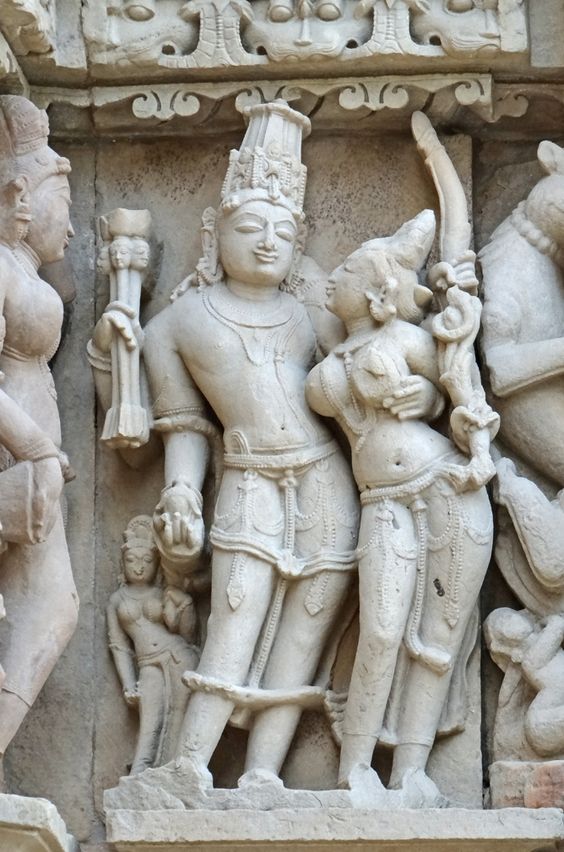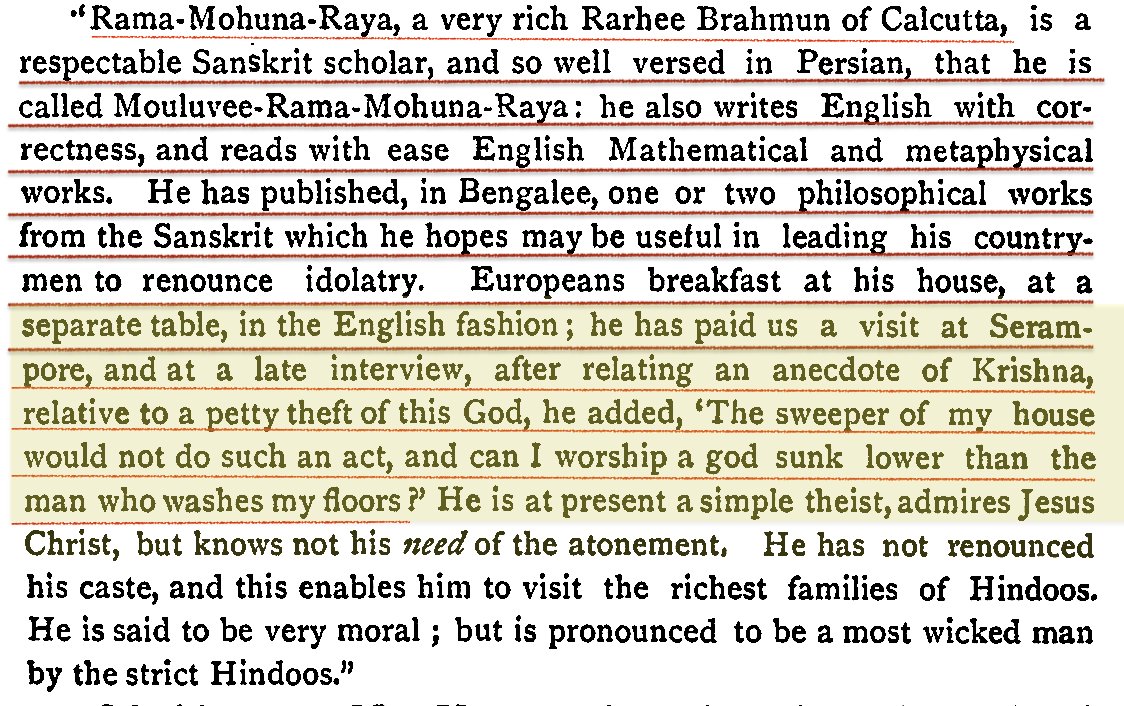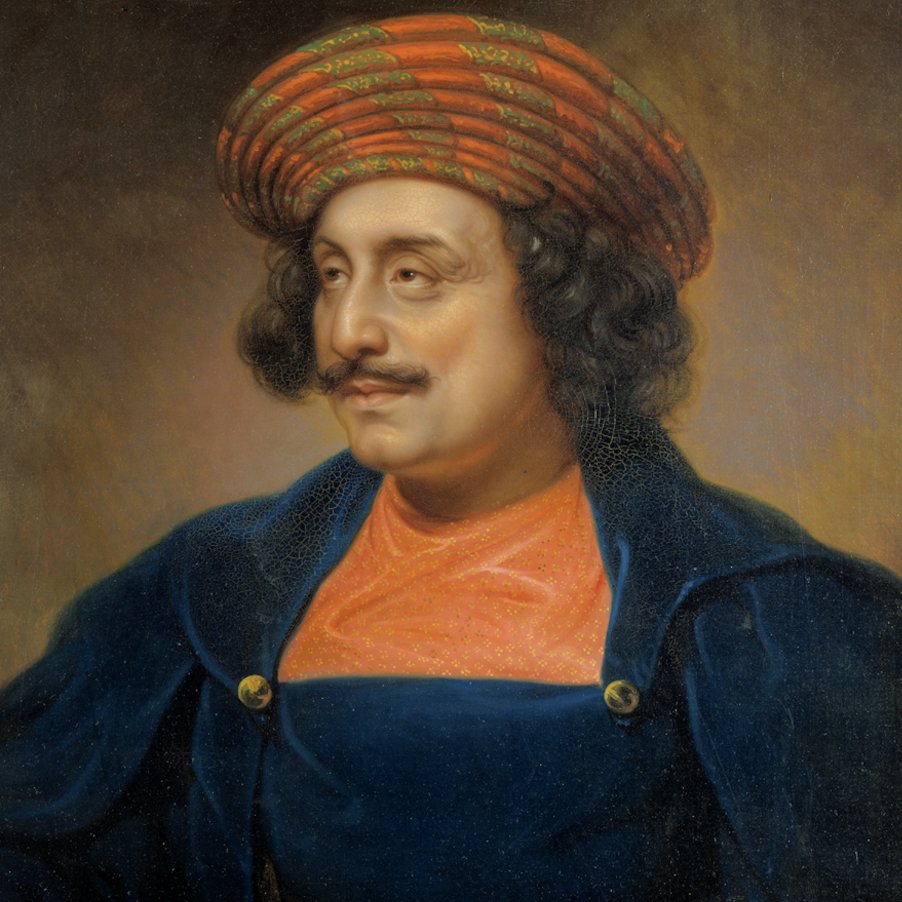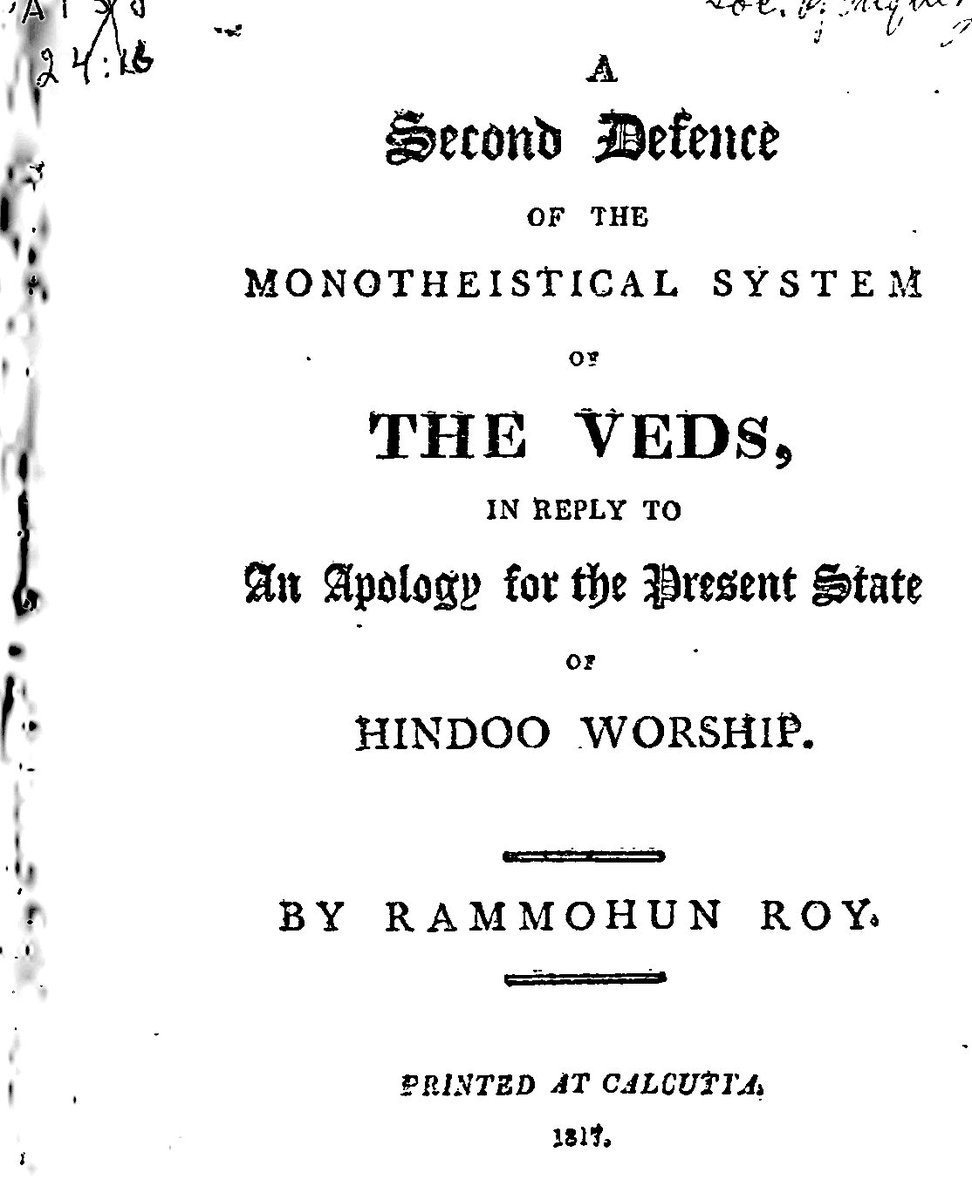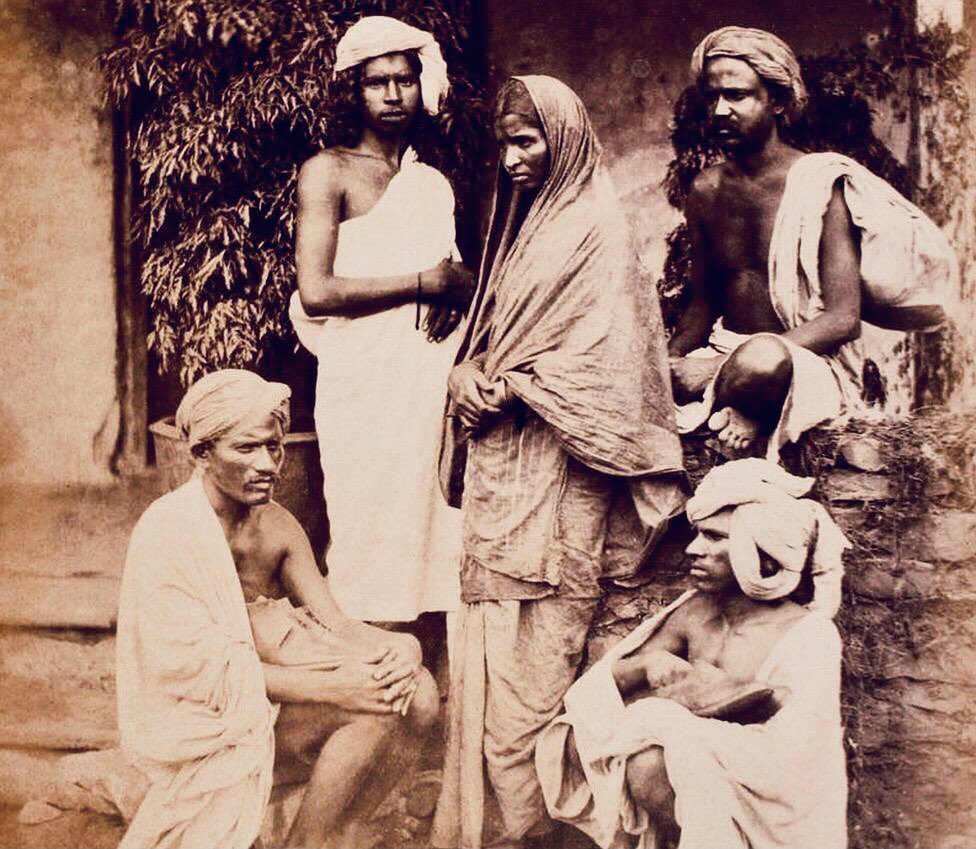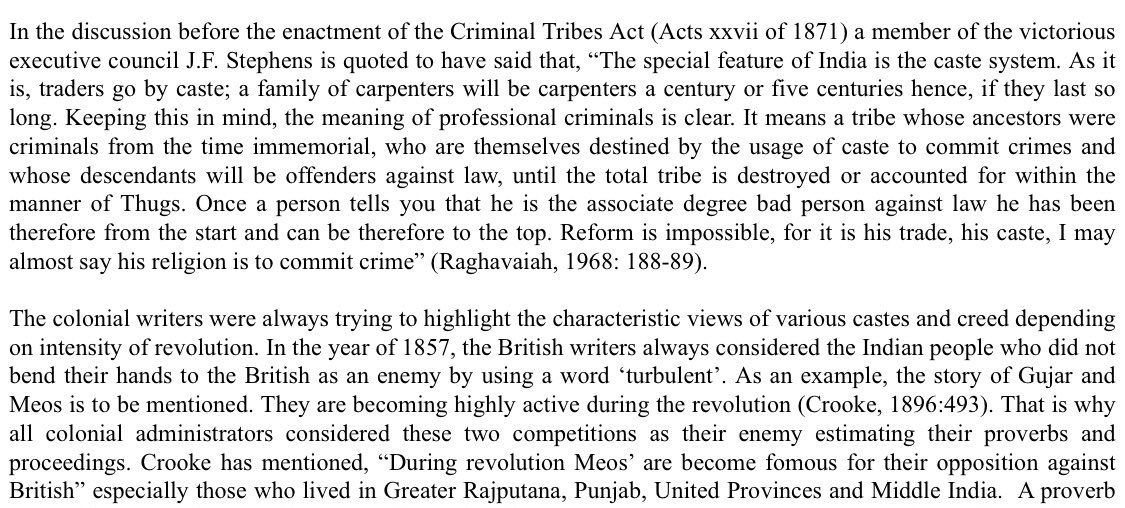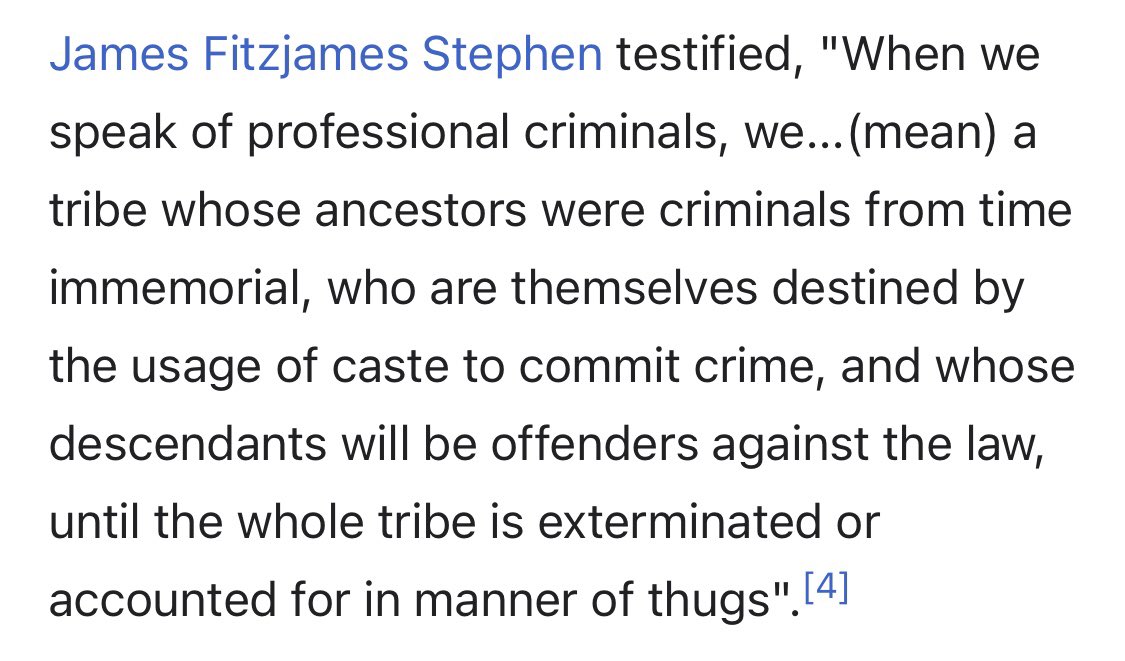
1
The Nilamata Purana (नीलमत पुराण) is an ancient text (6th c. CE) from Kashmir which contains detailed information on history, customs & festivals. It clearly mentions Mahashivaratri & how the festival should specifically be observed.
The Nilamata Purana (नीलमत पुराण) is an ancient text (6th c. CE) from Kashmir which contains detailed information on history, customs & festivals. It clearly mentions Mahashivaratri & how the festival should specifically be observed.
https://twitter.com/sat8681/status/1627357214574002176

2
The Nilamata specifies that devotees should bathe, observe fast all day & then perform worship to Maheshwara. It describes how the ShivaLingam should be cleaned & bathed with specified holy materials on Mahashivaratri.
The Nilamata specifies that devotees should bathe, observe fast all day & then perform worship to Maheshwara. It describes how the ShivaLingam should be cleaned & bathed with specified holy materials on Mahashivaratri.

3
The Shiva Linga was worshipped with scents, flower garlands, red clothes, ointments, food offerings of several types & by honoring the Fire & Brahmanas. This itself indicates it was non-Brahmanas who observed the festival. Devotees stayed up all night telling stories of Shiva.

The Shiva Linga was worshipped with scents, flower garlands, red clothes, ointments, food offerings of several types & by honoring the Fire & Brahmanas. This itself indicates it was non-Brahmanas who observed the festival. Devotees stayed up all night telling stories of Shiva.


4
Flour Animal figurines were offered as eatables. This is to honor & remember Shiva's role as Pashupati. Meals of sacred grains like barley & cakes of sugar & sesame were offered & eaten. The Nilamata declares Mahashivaratri as a very important festival which must be observed.

Flour Animal figurines were offered as eatables. This is to honor & remember Shiva's role as Pashupati. Meals of sacred grains like barley & cakes of sugar & sesame were offered & eaten. The Nilamata declares Mahashivaratri as a very important festival which must be observed.
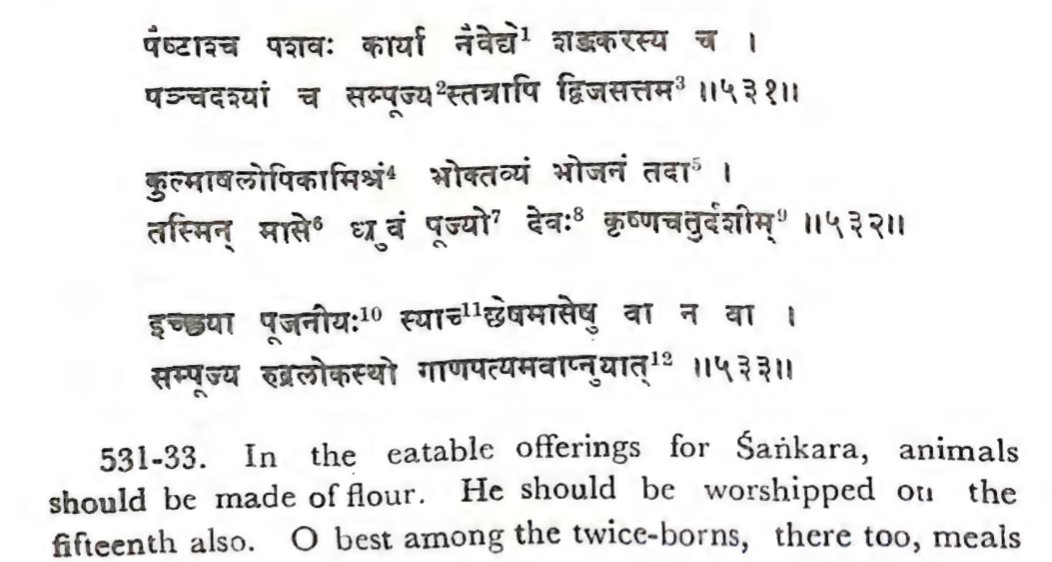

5
People with zero knowledge about Hindu customs have no right to go around making fictional claims about our traditional festivals. Hindus have preserved their sacred celebrations against all odds for centuries because of their divine significance. Do not dismiss them so lightly
People with zero knowledge about Hindu customs have no right to go around making fictional claims about our traditional festivals. Hindus have preserved their sacred celebrations against all odds for centuries because of their divine significance. Do not dismiss them so lightly
References:
The Nilamata Purana, Vol 2 (Critical Edition & English Translation) - Dr. Ved Kumari, J&K Academy of Art, Culture and Languages, Srinagar.
The Nilamata Purana, Vol 2 (Critical Edition & English Translation) - Dr. Ved Kumari, J&K Academy of Art, Culture and Languages, Srinagar.
• • •
Missing some Tweet in this thread? You can try to
force a refresh




